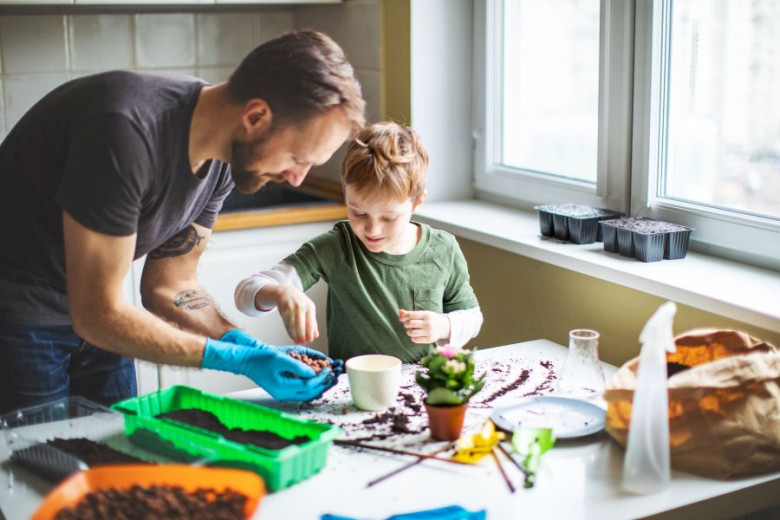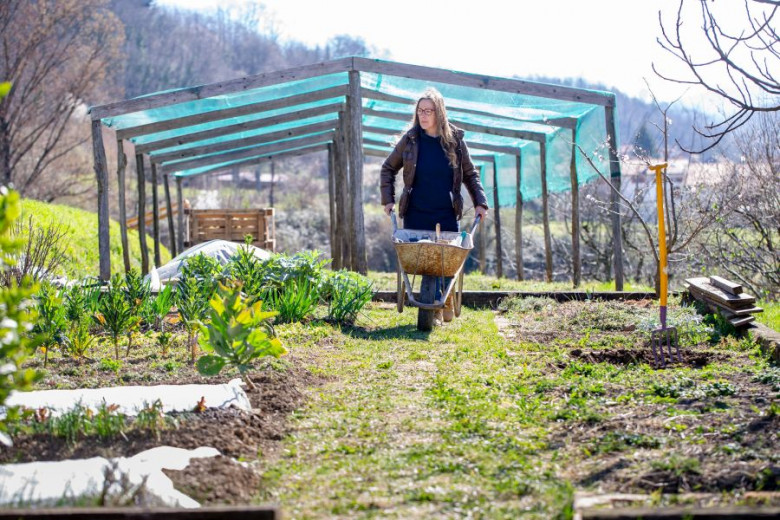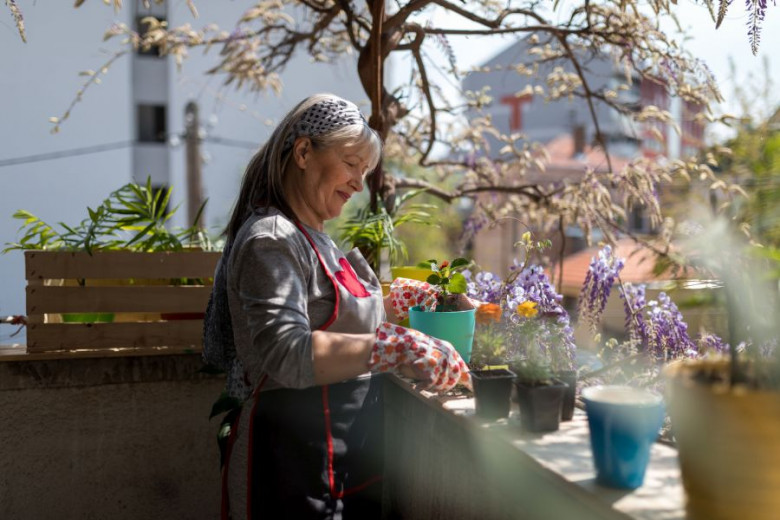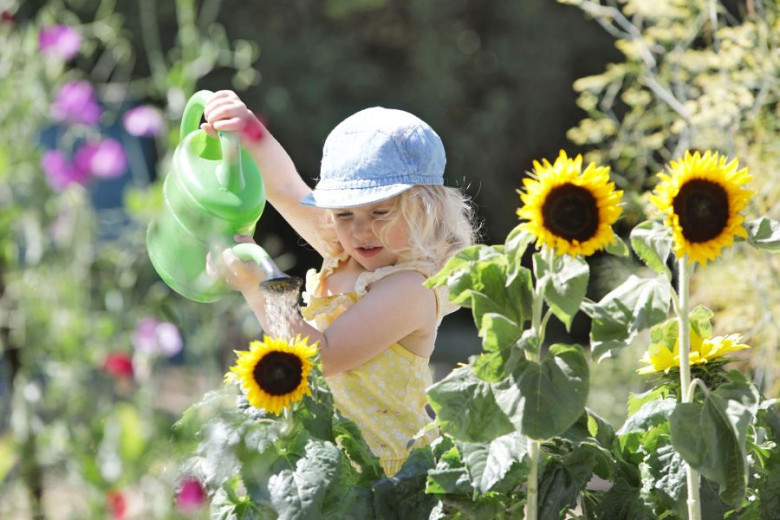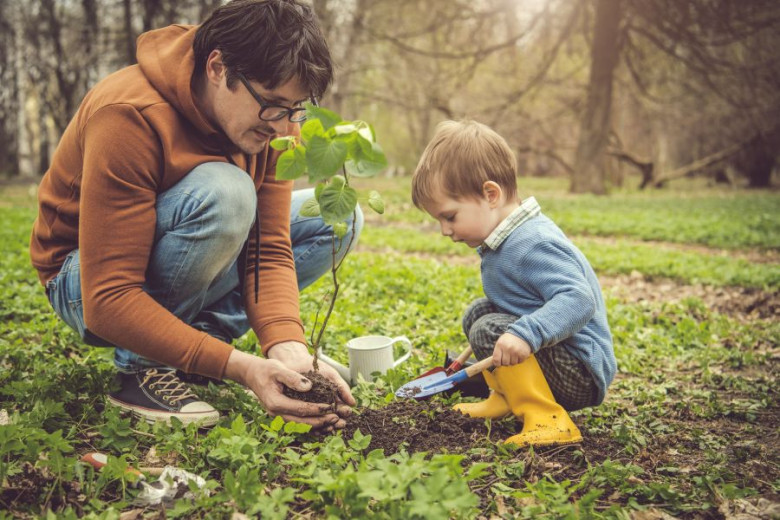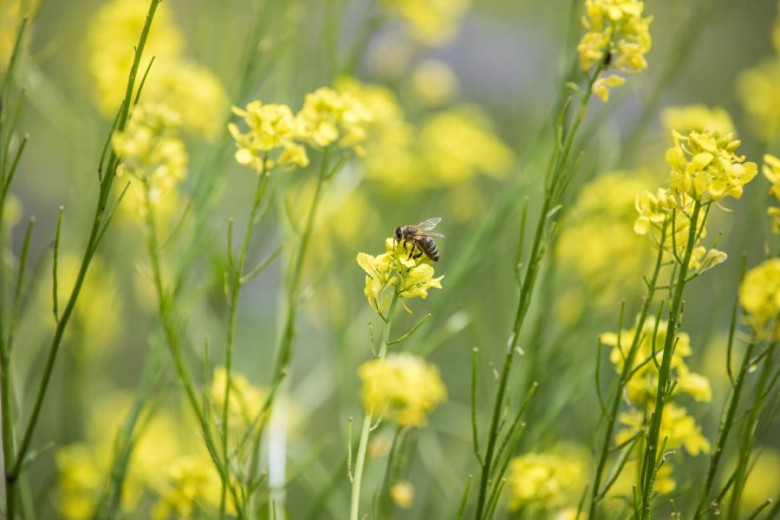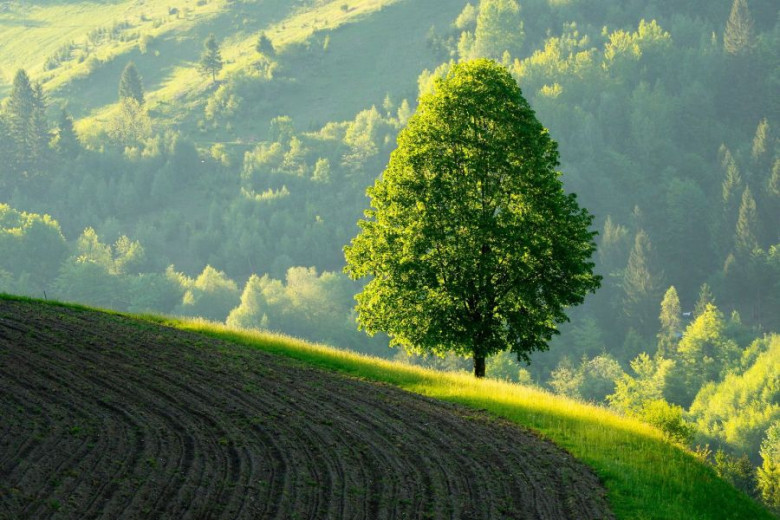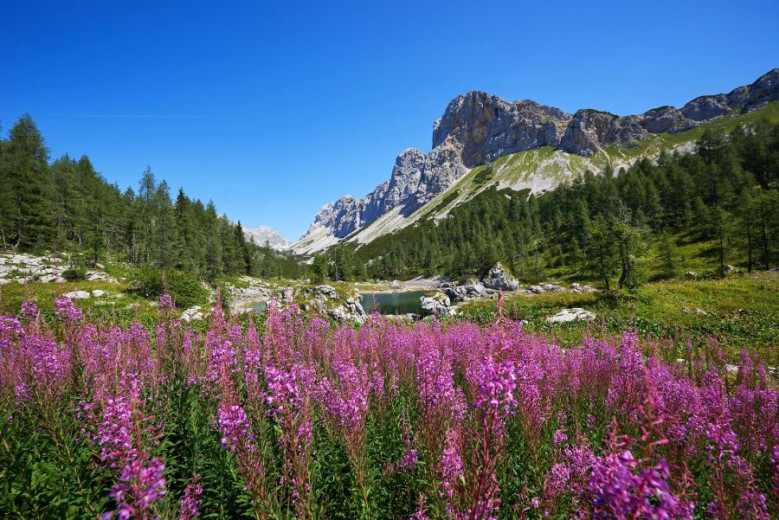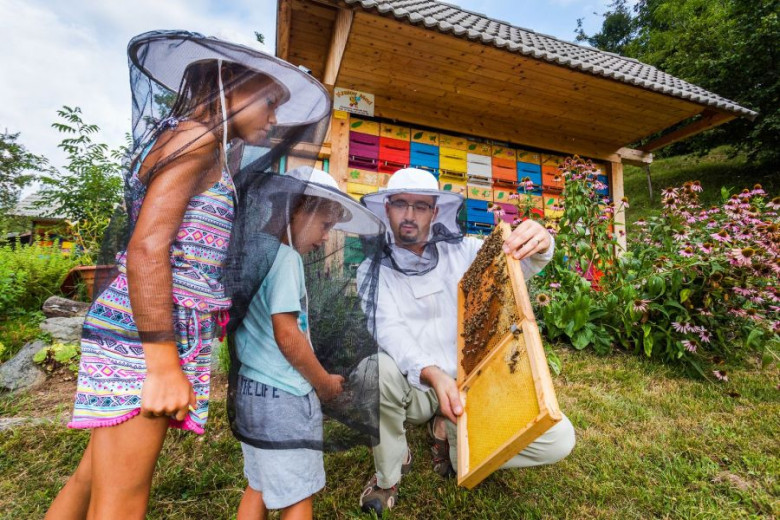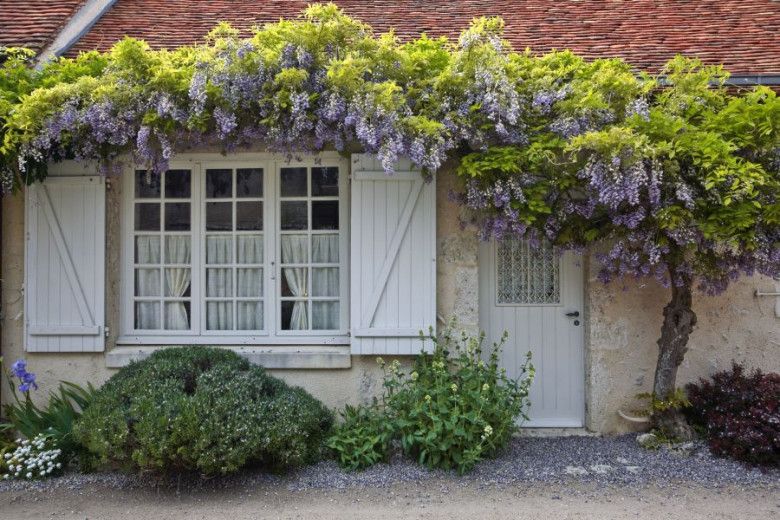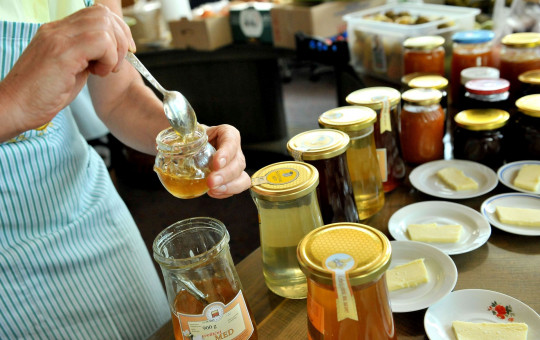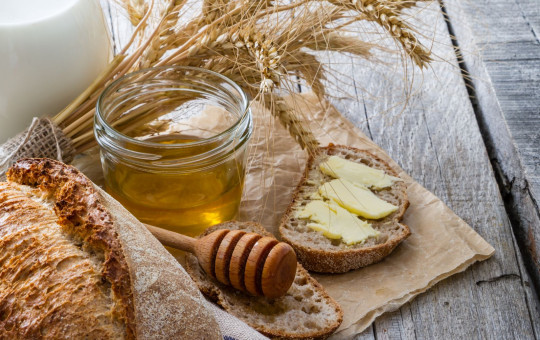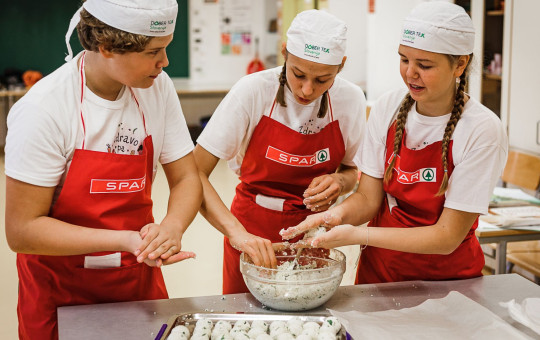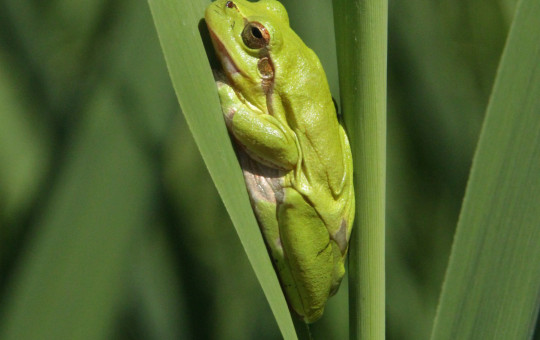We are not mindful enough of the consequences of our actions in nature all around us. Our ancestors knew that everything you take from nature you must someday return. If you give back, the balance is maintained and nature fills you with positive energy.
However, in modern times intensive agriculture and monocultures are becoming widespread. More and more agricultural land is planted with monocultures, which are constantly under attack by pests and diseases. Our ancestors fought against this with natural methods, using crop rotation to avoid such troubles.
We can also work together and with positive action help preserve the nature in which we live.
One way to contribute to the survival and conservation of bees and other pollinators is to plant native honey plants, as the flowers of these provide nectar and pollen, which are vital for pollinators.
And then in the autumn these same plants will reward us with fruit we can enjoy until the next spring.
Choosing a honey plant
Much depends on where we intend to place our honey plants. In a flowerpot on a balcony, in a small garden, in a field or even a public area. There are a great many bee-friendly plants to choose from that are suitable for even a flowerpot, both herbs and aromatic plants. Examples are basil, thyme, lemon balm, short stem sunflowers, coneflowers and many more.
When we have a large area available, we can also decide to plant a bee-friendly tree, such as wild cherry, chestnut, maple or lime. In a garden we can plant some shrubs – roses, for example – in addition to herbs and aromatic plants.
This will make the garden a rich pasture for many pollinators.
There are also many options for planting honey plants in a field, such as sunflowers, pumpkins, buckwheat, poppies, oilseed rape, heliotropes or clover.
Raising awareness among children
The Slovenian Beekeepers’ Association is aware of the importance of biodiversity and its benefits for plants and animals, including our bees and other pollinators. Therefore, it carries out various projects to show people how important bee-friendly plants are for nature.In 2015 it started distributing bee-friendly tree seedlings on various occasions and through various sources. But the greatest success in the long run will be if it manages to inspire our children. In view of this aim, the Association, together with the Slovenian Forest Service, distributed more than 1,000 lime and cherry seedlings to kindergartens and schools around Slovenia in 2017.
In that way, children can help plant the tree, watch it grow and listen to the buzzing of the bees in its crown when it flowers. In collaboration with Semenarna Ljubljana, the Association distributes seeds of flowering plants, ideal for adorning gardens and windowsills.
The Association has also been very successful inencouraging municipalities to give bee-friendly tree seedlings to parents of newborns.
The Association has also been very successful inencouraging municipalities to give bee-friendly tree seedlings to parents of newborns.
If a family has no place for a tree at their home, they can plant it in a public area, so that the tree grows together with the child. The project is supported and implemented by more than 50 municipalities, which give a bee-friendly tree to the parents of each newborn at various municipal events.If a family has no place for a tree at their home, they can plant it in a public area, so that the tree grows together with the child. The project is supported and implemented by more than 50 municipalities, which give a bee-friendly tree to the parents of each newborn at various municipal events.
This year, the planting of honey plants was upgraded to include roofs.
Green roofs have many positive effects and, in addition to brightening our environment, they are also a food source for bees and other pollinators.
The Slovenian Beekeepers' Association planted such a garden on its roof this year. A green roof really makes a house look nice!
Let us all plant a honey plant
When planting a bee-friendly plant where we live, we provide pasture for bees and other pollinators and increase the variety of fruit and vegetables on our tables. Furthermore, we contribute to the preservation of nature for future generations.
Date: 12. May 2020
Time to read: 3 min

